In Artinis NIRS blog, you will find the latest trends in (f)NIRS, NIRS studies and applications, tutor from the leaders of near infrared spectroscopy, not to mention detailed insights and tips and tricks for your research!
Search blog post topic
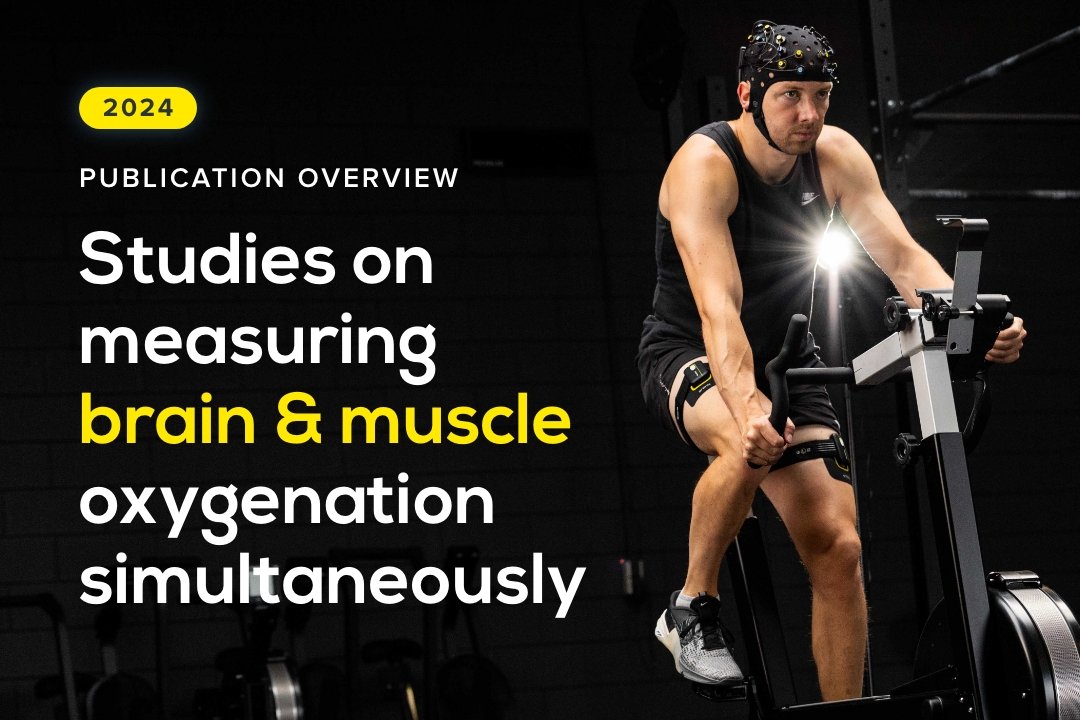
Publication overview 2024 - Studies measuring brain and muscle oxygenation simultaneously using our devices
NIRS can be used to measure brain and muscle oxygenation at the same time to get a complete picture on oxygen status in the body. We are happy that in 2024 an increased number of studies using NIRS on brain and muscle simultaneously in various application fields was released. Read this blogpost to learn more about application areas of NIRS to assess cerebral and muscular oxygenation, and highlighted publications of last year per category.
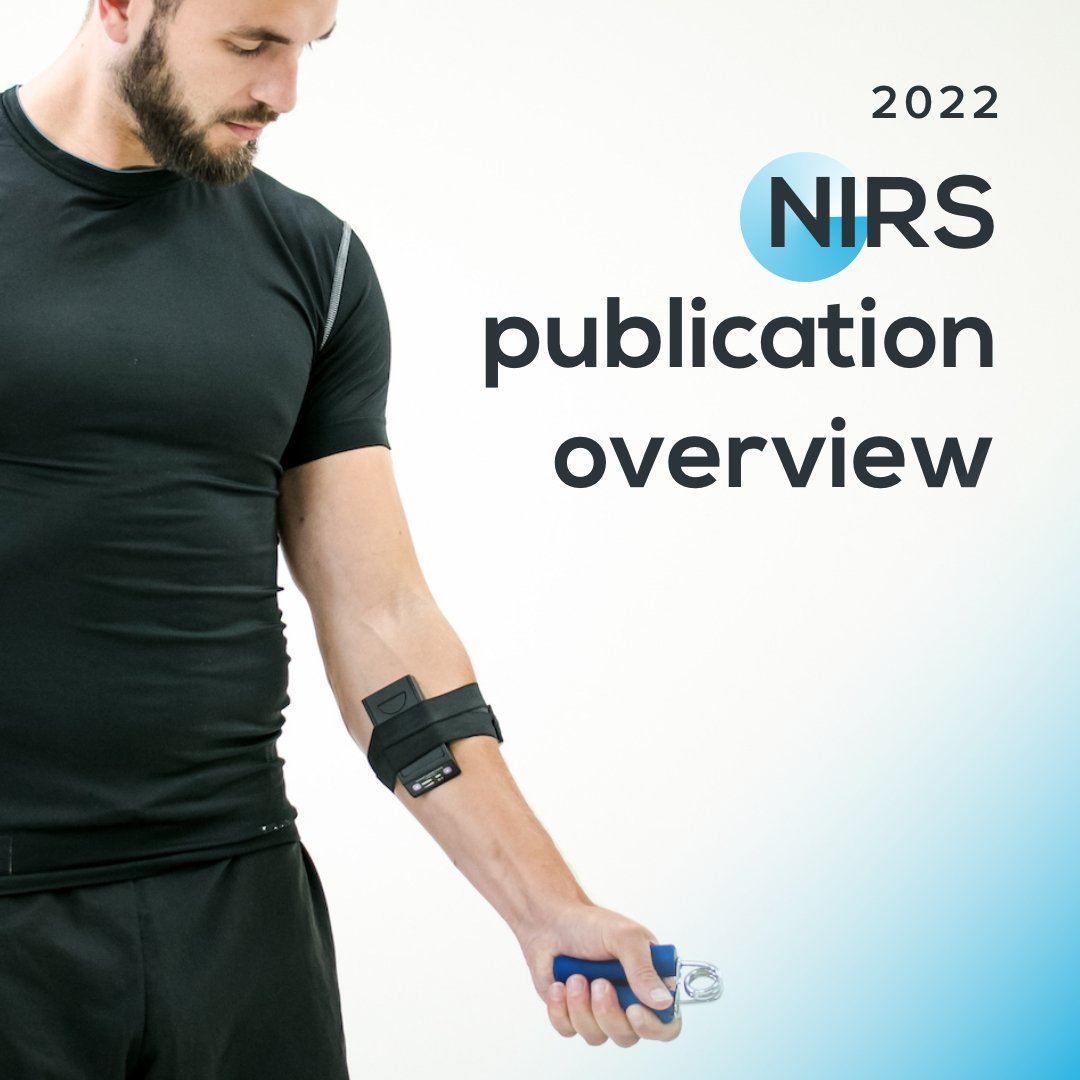
Publication Overview with our NIRS devices in 2022 – Muscle
We are proud that several papers using our NIRS devices to measure muscle oxygenation from different body parts and in various application fields were published in 2022. Read this blog post to get an overview of application areas NIRS can be used in, and which devices can be applied. Also, find highlighted publications per category that were performed with our devices in 2022.
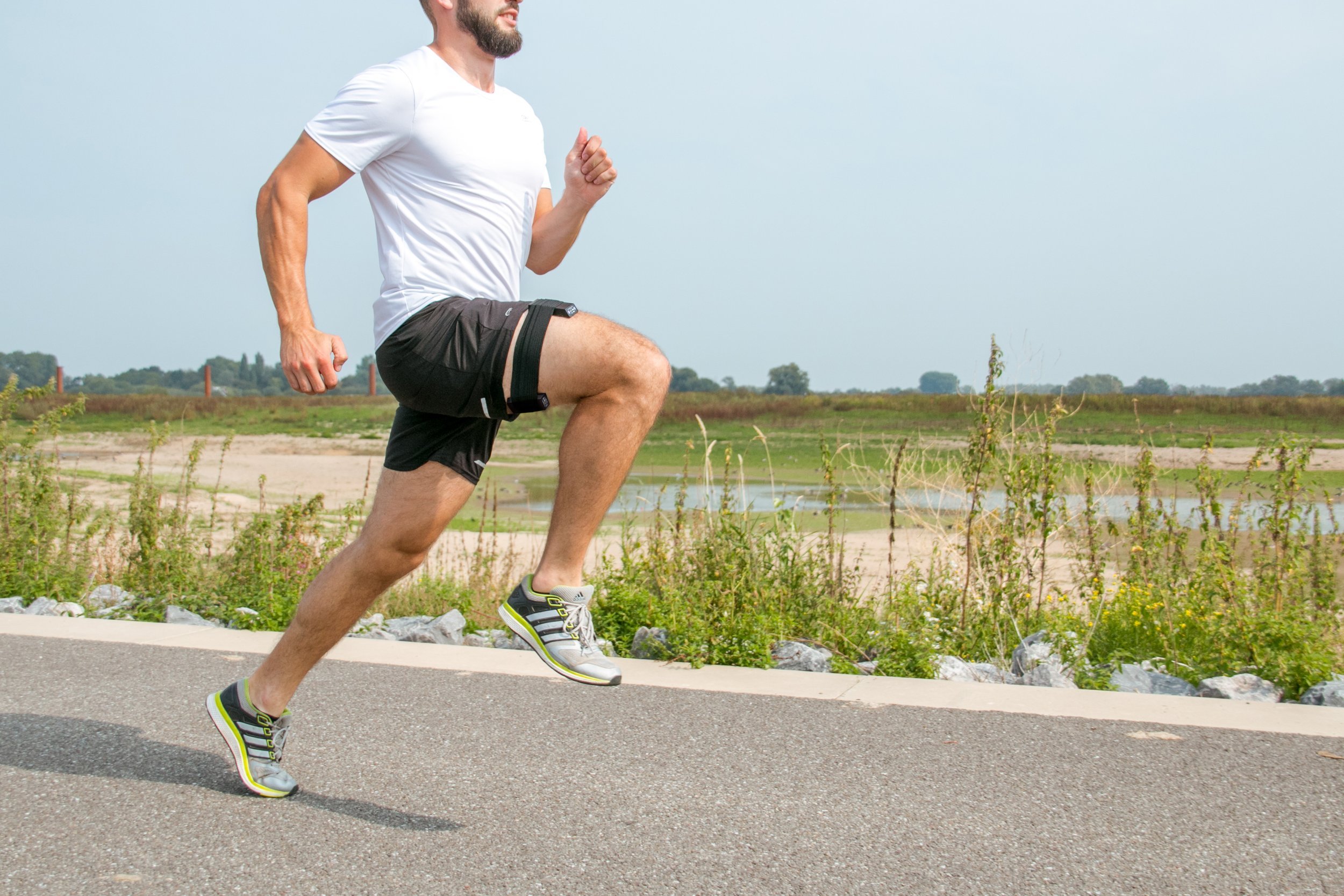
Set up the PortaMon in 6 steps - NIRS device for muscle oxygenation measurements
With the PortaMon, it is possible to perform both online measurements easily through Bluetooth connection, as well as offline measurements over a larger distance, as data can be stored on the device and downloaded afterward. Watch our newest video and discover how to correctly set up the PortaMon in only six easy steps!
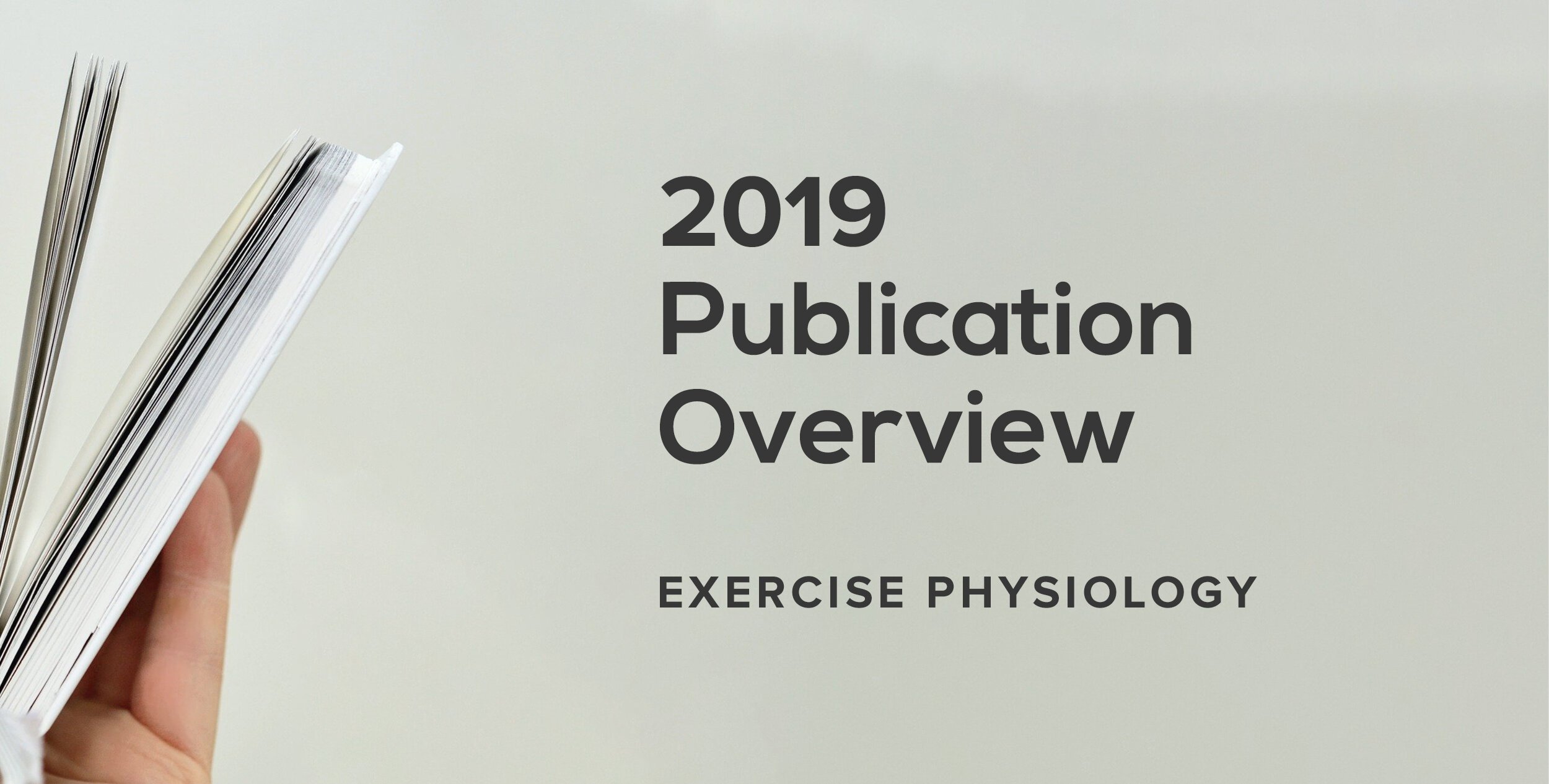
Artinis Literature Overview 2019 - Exercise physiology
From a classical perspective, we at Artinis separate the publications into the domain of functional brain monitoring and muscle research. ‘Brain’ - and ‘Sports’ people. This review will highlight a handful of publications in the domain of movement science published in 2019’s.
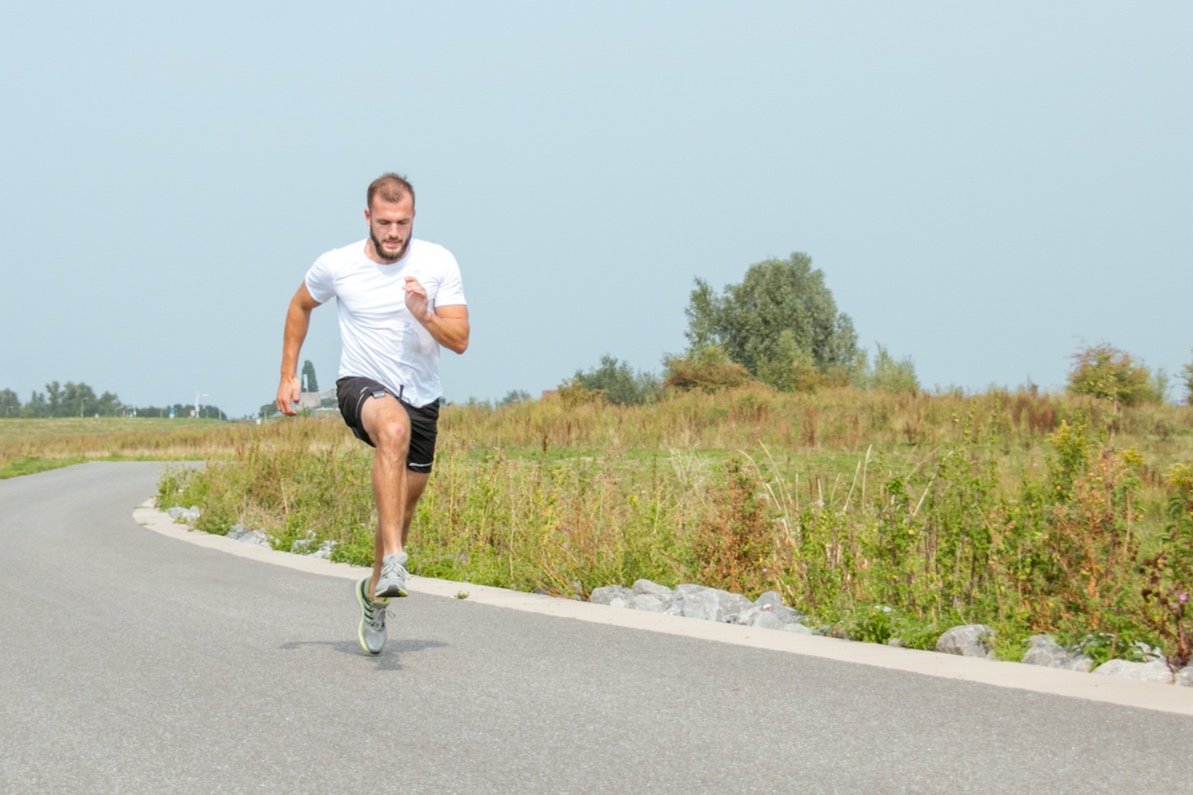
Exercise Physiology integrating NIRS, ECG, and EMG as a learning tool
Innovations travel back and forth between different departments within Artinis. Application Specialists give insight in customer requests, Research and Development find new measurement methods, Design and Engineering constantly look for further improvement of the equipment and Sales and Support find new ways to support every single customer. Especially for new employees, hands-on experience throughout the company is crucial in their development and no better way to do this than to set up a study.
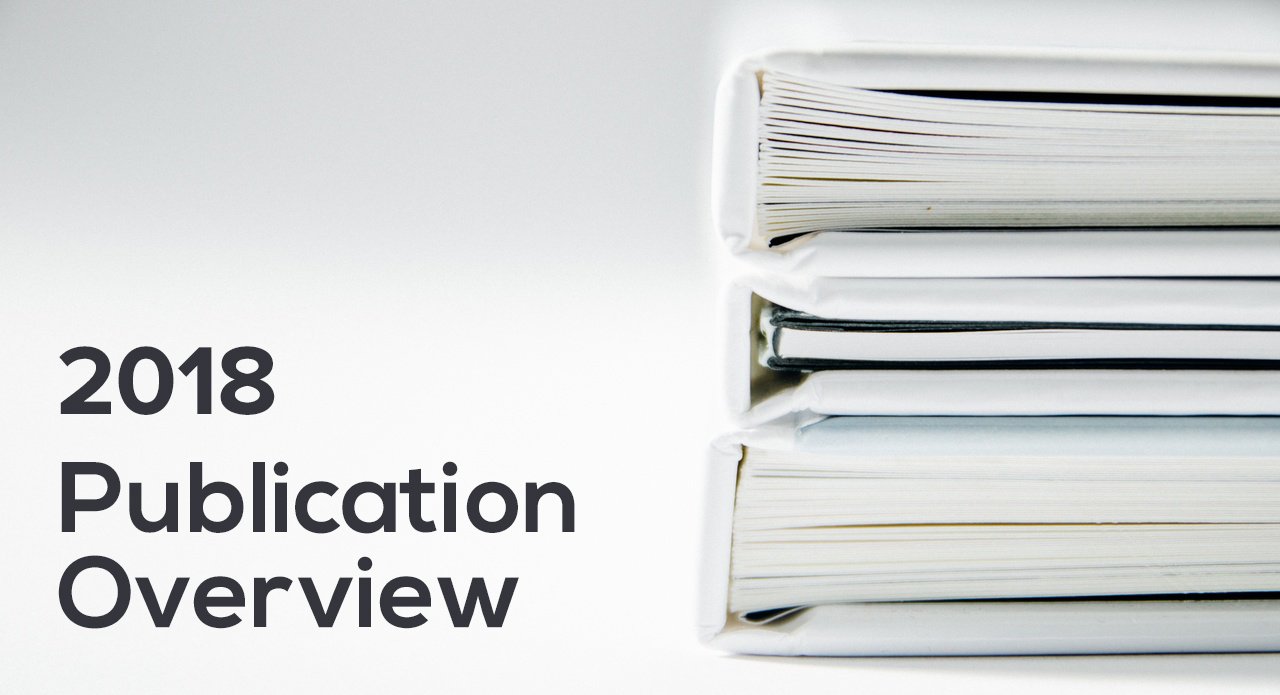
Publication overview 2018
A special thanks to our customers who published so many articles with our (f)NIRS devices and we hope you will keep on publishing in the future!

Can restricting blood flow improve sports and exercise performance?
The artificial induction of ischemia (from Greek, meaning stopping/keeping back blood) was first shown to help protect cardiac muscle from injury in later occurring episodes of ischemia by Charles Murry and colleagues in 1986[1]. This technique came to be called ischemic preconditioning (IPC).
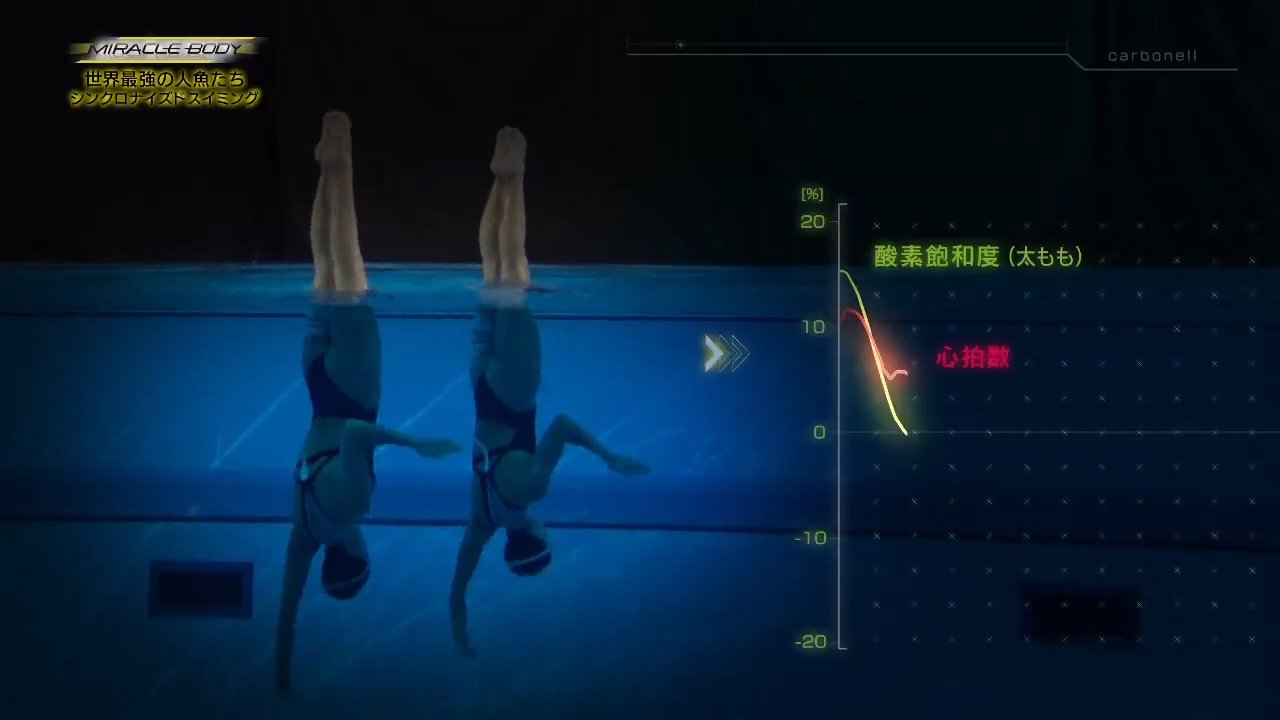
Underwater NIRS
Underwater NIRS - Muscle Oxygenation changes measured with the Russian and Spanish Olympic synchronised swimming team.

A user case: Hypoxia research with the PortaLite
Prof. Martin Burtscher and Prof. Robert Koch from the University of Innsbruck (Austria) put their knowledge on hypoxia research into practice when climbing the highest volcano of the world while using the PortaLite.
